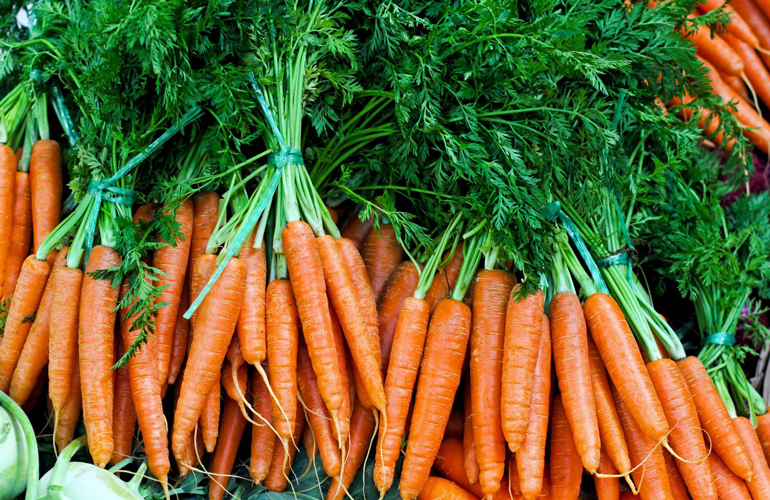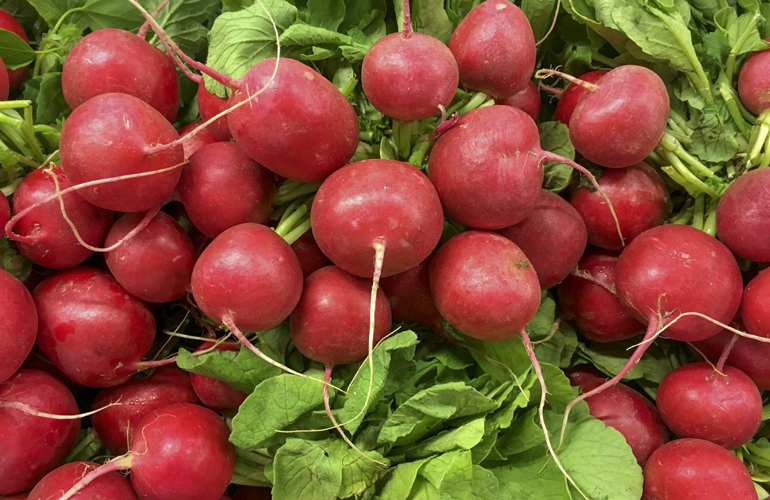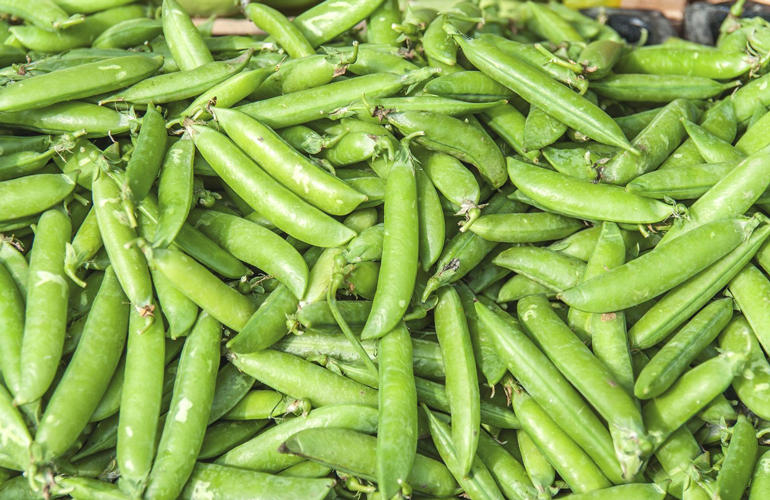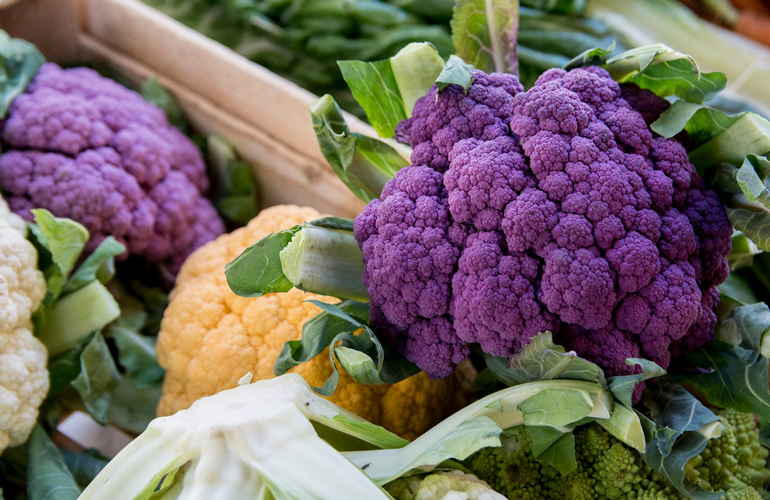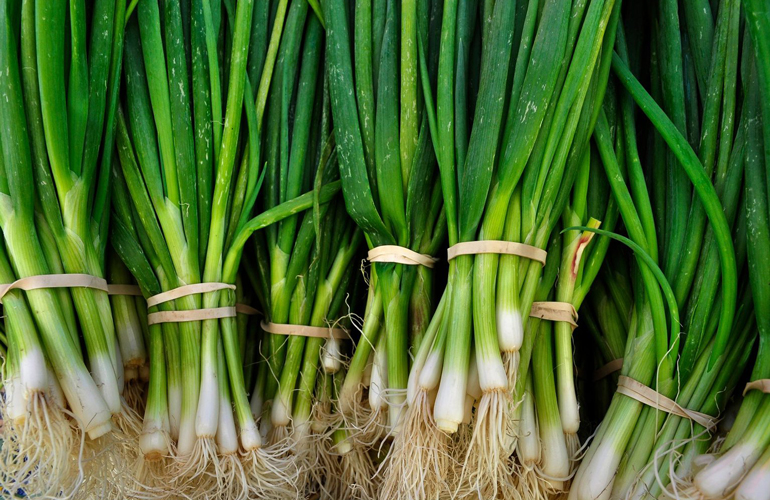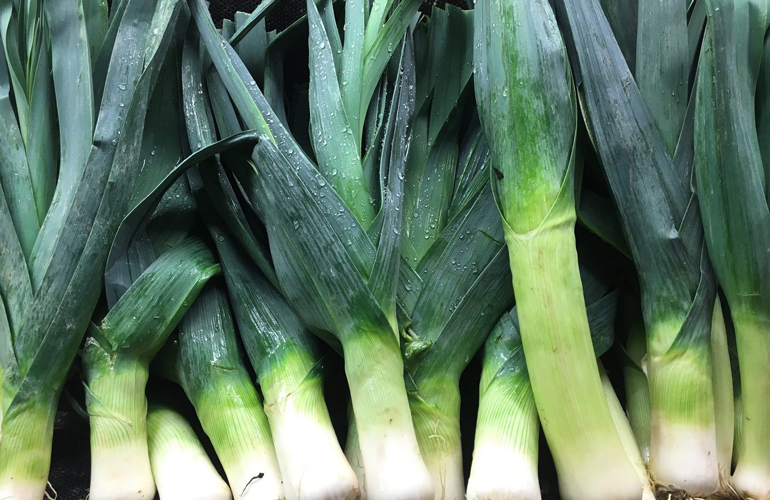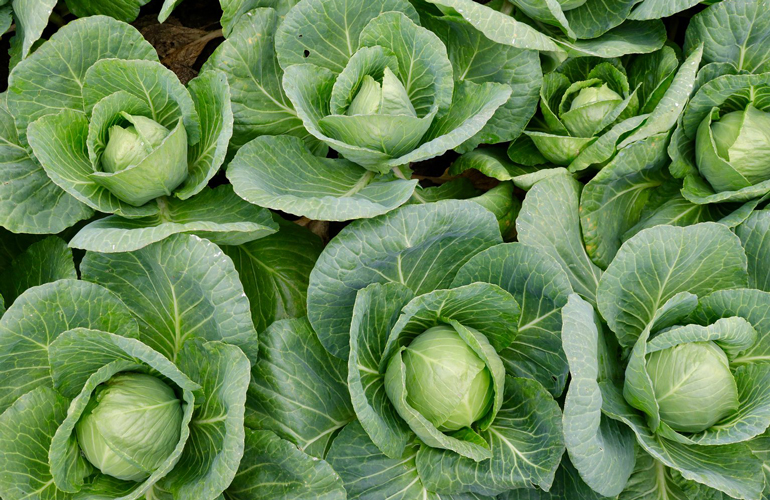How should I plant for winter?
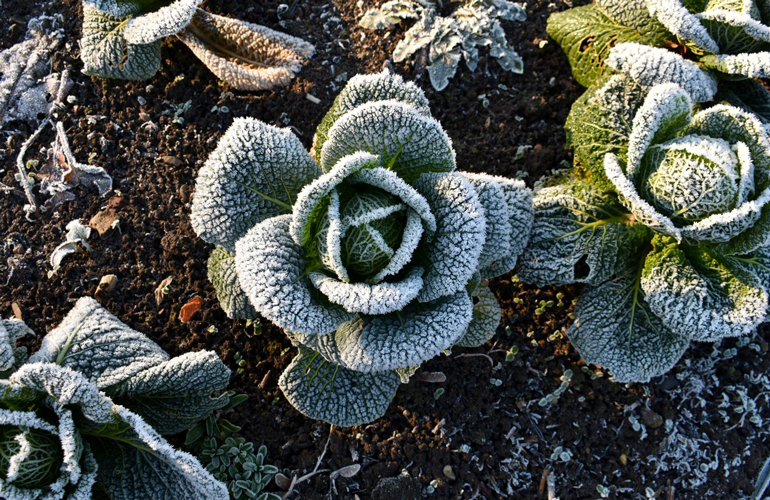
You can direct-sow seed into garden beds or start your seeds in containers.
Direct sowing is the simplest method, but your seeds are likely to germinate later because the soil will take longer to warm up in the spring. That’s why many gardeners opt for starting seeds in DIY containers made from plastic milk containers or takeaway food containers, then transplanting them in the spring.
Below are some of the best cool-weather crops.
Spinach
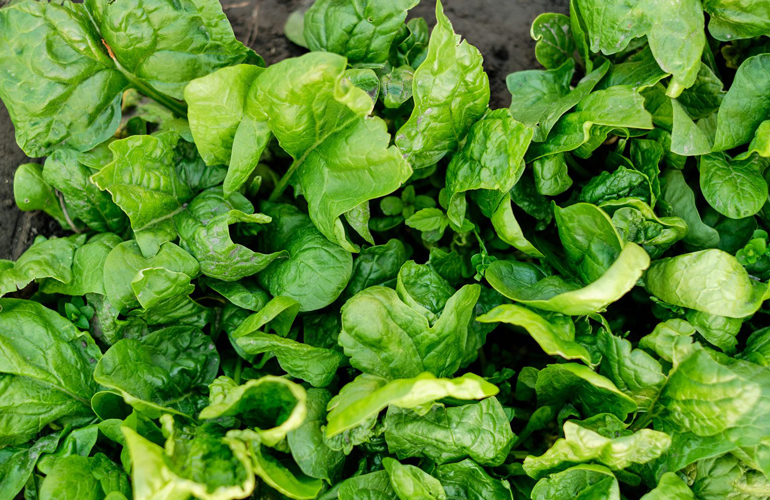
Spinach, mustard greens and kale are ultra-hardy greens. Kale actually gets more tender when it’s cold. Sow them in the winter for a spring harvest. In moderate climates, you can sow them in autumn for winter harvest as well.
Silverbeet
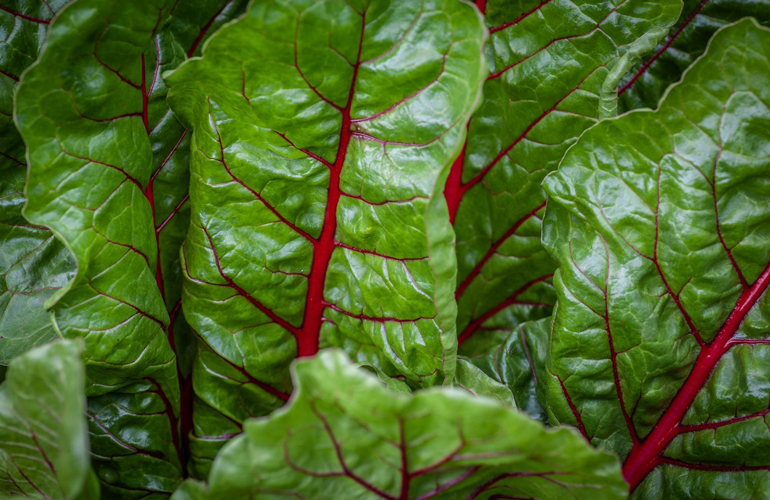
Most greens prefer cool weather, making them excellent choices for winter gardens. Silverbeet is a semi-hardy plant, along with collard greens, rocket, bok choy, endive, mizuna and radicchio. All can be direct sown or started in containers, except bok choy, which is most successful when transplanted.
When collards are planted and grow over the winter, it improves the flavour of the leaves.


